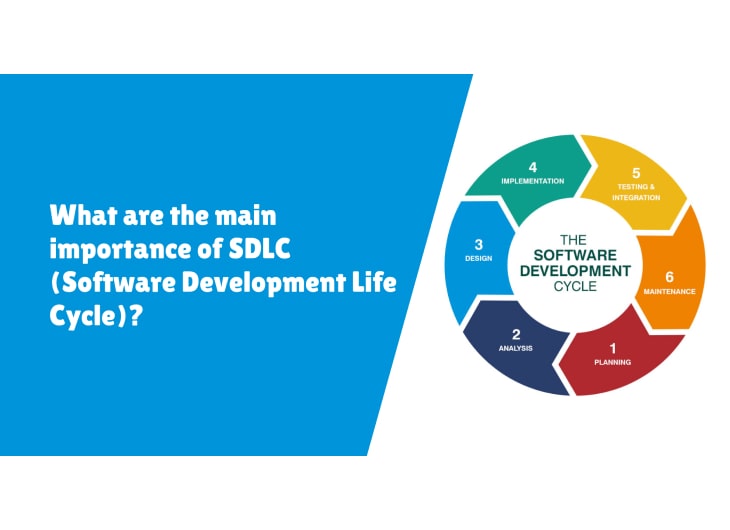Contact Info

Software Development Life Cycle (SDLC) is a crucial process that governs the development of software applications. It involves a structured sequence of stages to ensure the creation of high-quality software that meets the requirements and expectations of stakeholders. Understanding SDLC is essential for developers, project managers, and anyone involved in software development. In this article, we will delve into the details of the SDLC, its various phases, and its significance in the world of software engineering.
1. Introduction to SDLC
The Software Development Life Cycle (SDLC) is a framework that defines the processes, stages, and methodologies involved in the development of software applications. It is a systematic approach to software development that aims to deliver high-quality software within specified timelines and budgets. SDLC provides a roadmap that guides the development team throughout the entire software development process.
2. Phases of SDLC
The Software Development Life Cycle is typically divided into several phases, each serving a specific purpose and contributing to the overall development process. These phases include:
a. Requirements Gathering and Analysis
In this initial phase, project stakeholders, including clients and developers, collaborate to gather and analyze project requirements. Understanding the project's goals, target audience, and desired features is crucial to ensure that the software meets the expectations of its intended users.
b. System Design
The system design phase involves creating a high-level design of the software based on the requirements gathered. This includes defining the architecture, modules, interfaces, and other key components of the software system.
c. Implementation (Coding)
The implementation phase involves the actual coding of the software based on the design specifications. Developers write the code and convert the design into a working software application.
d. Testing
In this phase, the software is thoroughly tested to identify and rectify any defects or bugs. Various testing methodologies, including functional testing, performance testing, and usability testing, are employed to ensure the software's reliability and functionality.
e. Deployment
Once the software has passed all the testing phases, it is deployed to the production environment. This phase involves configuring the software on the target system and making it available to end-users.
f. Maintenance and Support
The final phase, maintenance and support, involves addressing post-deployment issues, fixing bugs, making updates, and providing ongoing support to users. It ensures that the software remains functional and up-to-date with evolving needs.
3. Significance of SDLC
Understanding the Software Development Life Cycle and adhering to its principles offers several significant benefits:
a. Improved Quality Assurance
SDLC provides a systematic approach to software development, including rigorous testing and quality checks at every phase. This helps in delivering a high-quality, error-free product to clients.
b. Enhanced Project Management
SDLC offers a structured framework that aids in efficient project management, resource allocation, and timeline estimation. Project managers can better plan and execute projects within specified budgets and timelines.
c. Effective Communication and Collaboration
Following SDLC ensures clear communication and collaboration among all stakeholders, including clients, developers, testers, and project managers. This leads to a shared understanding of project goals and requirements.
d. Risk Management
By identifying and addressing potential risks and issues at early stages, SDLC helps in proactive risk management. This ensures a smoother development process and minimizes the possibility of costly delays or project failures.
4. Conclusion
Understanding the Software Development Life Cycle (SDLC) is fundamental for successful software development projects. It provides a structured and systematic approach, ensuring that software applications are developed efficiently, meeting the expectations of stakeholders. By comprehending and implementing the phases of SDLC, developers and project stakeholders can contribute to the creation of high-quality software that meets the needs of today's dynamic digital landscape.